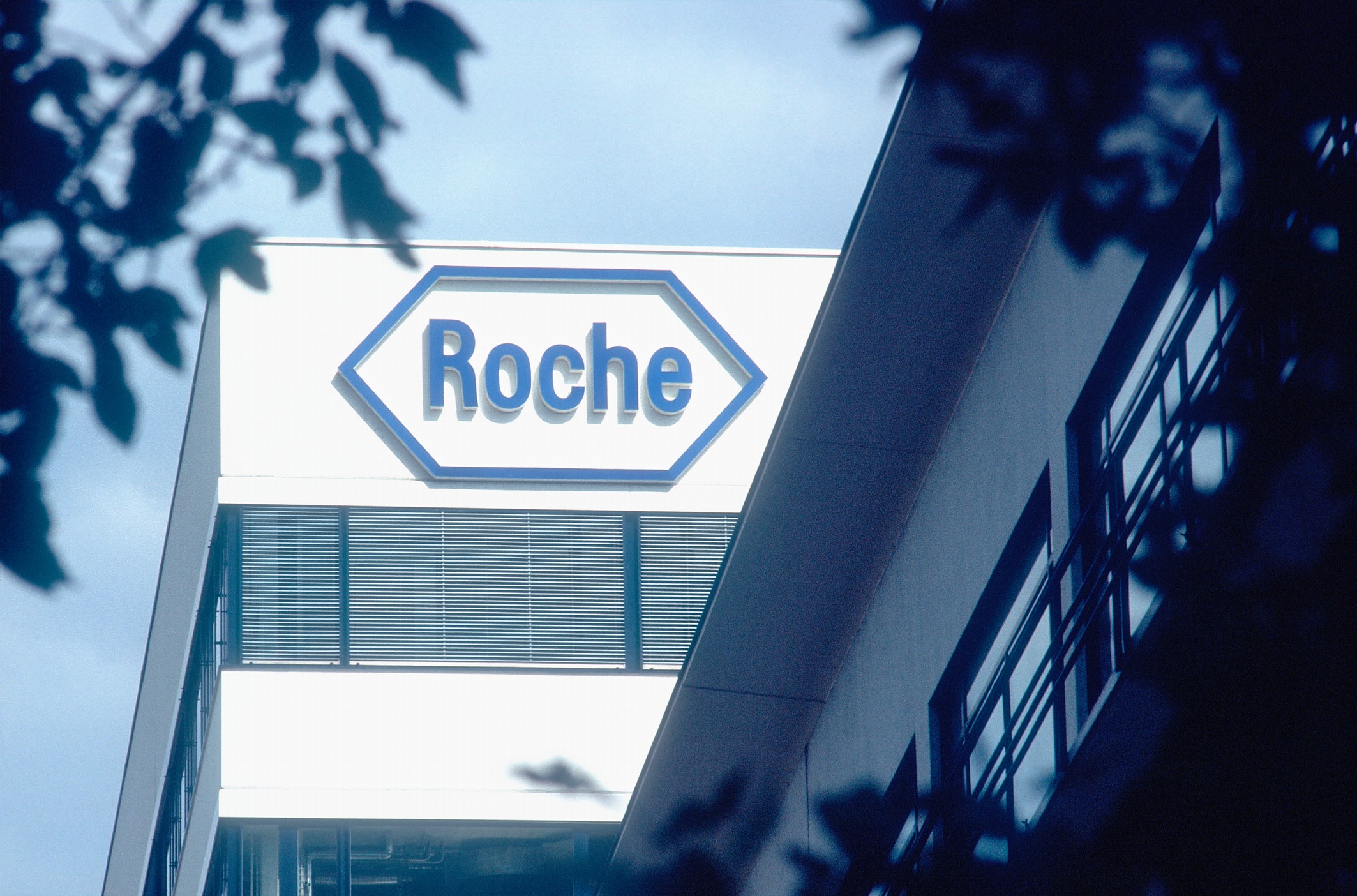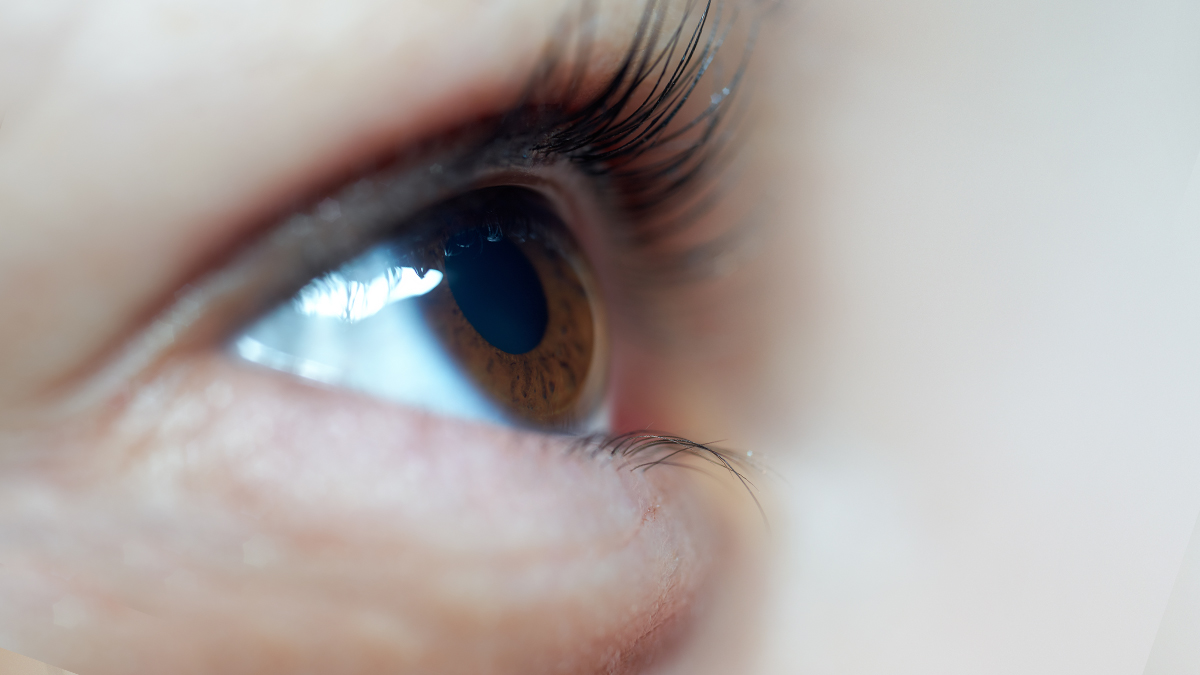Europe: thumbs up for Roche's Hemlibra, Chiesi rare disease drug, bad news for Santhera

Roche’s potential blockbuster haemophilia A drug Hemlibra is poised to hit the European market after it got the nod from regulators.
The recommendation for the drug was one of seven made by the European Medicines Agency’s CHMP scientific committee on Friday. Meanwhile, the CHMP has rejected Santhera's request for a re-think from the committee on its Duchenne muscular dystrophy drug Raxone (idebenone).
Hemlibra (emicizumab) is a first-in-class drug that Roche hopes will take market share from rivals such as Bayer, Shire, and Novo Nordisk.
Sanofi last week made a big move into haemophilia by buying Bioverativ for $11.6 billion - a US biotech that already markets tried-and-trusted haemophilia therapies.
Hemlibra is tipped to achieve sales of more than a billion dollars annually, and perhaps much more at a time when Roche’s “big three” drugs – Avastin, Herceptin, and Rituxan/MabThera, face competition from biosimilars.
Hemlibra, which works by mimicking the coagulation function of factor VIII, has been approved in the US since November.
Like in the US, the CHMP has recommended use in haemophilia A with inhibitors – for which no new drugs have been approved in 20 years.
Given weekly via a subcutaneous injection, Hemlibra is a prophylactic treatment that is intended to be more convenient than current standard of care bypassing agents requiring frequent, prolonged administration through drip infusion.
In the US, Roche will charge around $482,000 in the first year of the market, falling to $448,000 after that, making it one of the most expensive drugs on the market.
It’s too early to say how much Roche will charge in Europe and the price tag will vary according to each of the EU’s 28 member states once it gains full European approval in the coming months.
There have been safety concerns about Hemlibra, and in the US the drug carries a boxed warning about the risk of thrombotic microangiopathy – bleeding in small blood vessels that can cause damage to major organs, and bleeding.
In the HAVEN 1 study, three people experienced thrombotic microangiopathy events and two people experienced serious thrombotic events.
Roche continues to link this with administration of Shire’s rival Feiba activated prothrombin complex concentrate while receiving Hemlibra prophlyaxis.
The EU regulators made their decision based on results from the HAVEN 1 study in adults and adolescents, and the HAVEN 2 study in children and adolescents.
HAVEN 1 showed an 87% reduction in treated bleeds compared with no prophylaxis, and redeuced treated bleeds by 79% compared with bypassing agent prophylaxis.
HAVEN 2 showed that 87% of children on Hemlibra experienced zero treated bleed, with a 99% reduction in treated bleeds compared to previous treatment with a bypassing agent.
Bad news for Santhera, good news for Chiesi
Meanwhile, the CHMP refusal to reconsider its rejection of an extension to the marketing authorisation of Santhera's Raxone (idebenone) in DMD is bad news for the company.
The drug is already approved for Leber's Hereditary Optic Neuropahy (LHON), but the CHMP says the company hasn't presented strong enough data to merit an approval in DMD.
The expert committee acknowledged the positive outcome of the firm's phase 3 DELOS trial was acknowledged, but said it must present additional data to further link the observed treatment effects on respiratory function outcomes to patient benefit.
Finally, a recommendation for Chiesi's ultra-rare disease treatment velmanase alfa, Lamzede was another highlight of the CHMP decisions on Friday. The drug is the first ever treatment for Alpha-Mannosidosis (AM), an ultra-rare progressive and debilitating disease.
The news is welcome for the company, which has a respiratory franchise and is looking to expand its ultra-rare disease presence. The company was forced to withdraw another ultra-rare drug - Glybera - last year, after it proved to be a commercial failure. The drug had been co-marketed with uniQure in Europe, and had been priced at around 1 million euros, making the world's most expensive drug.












